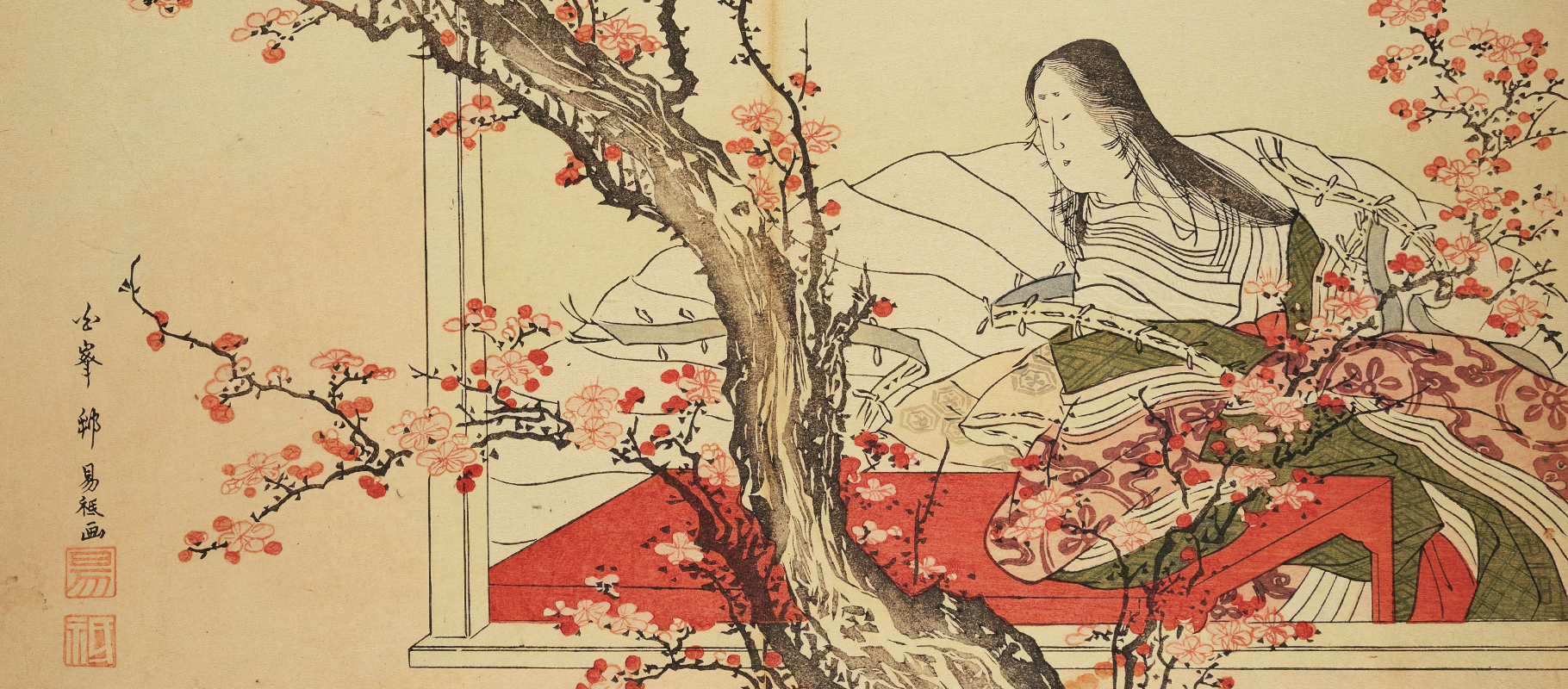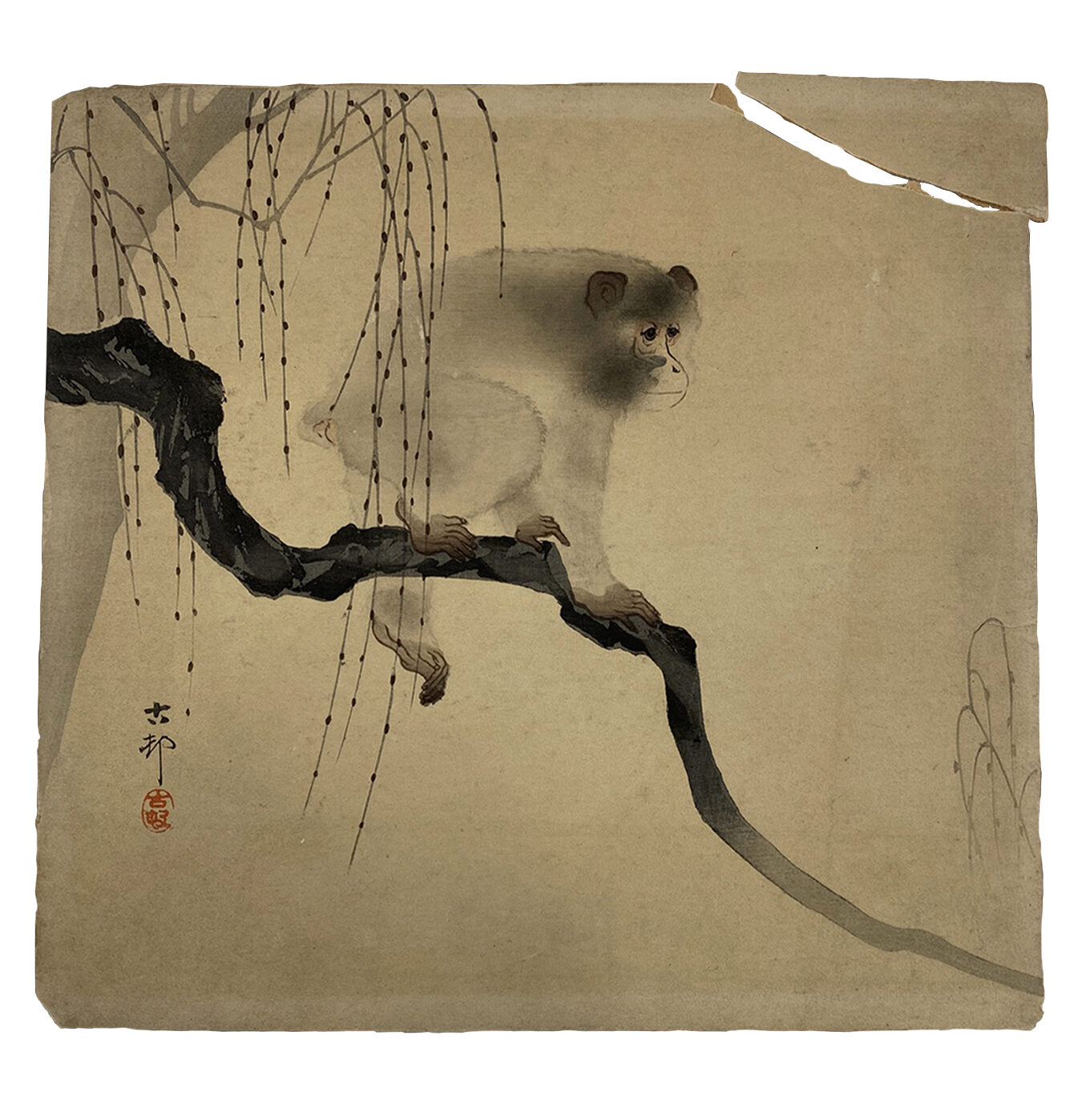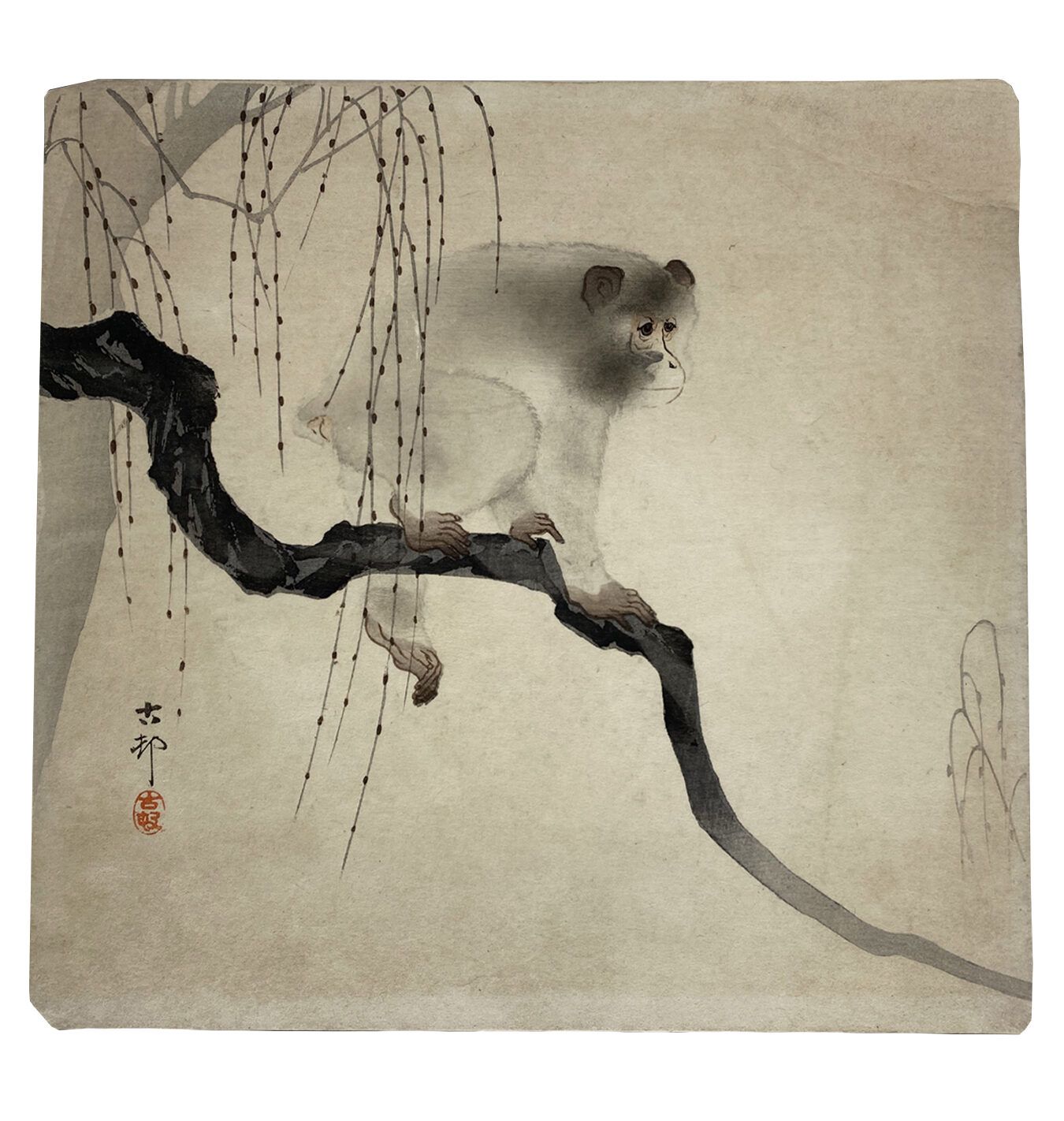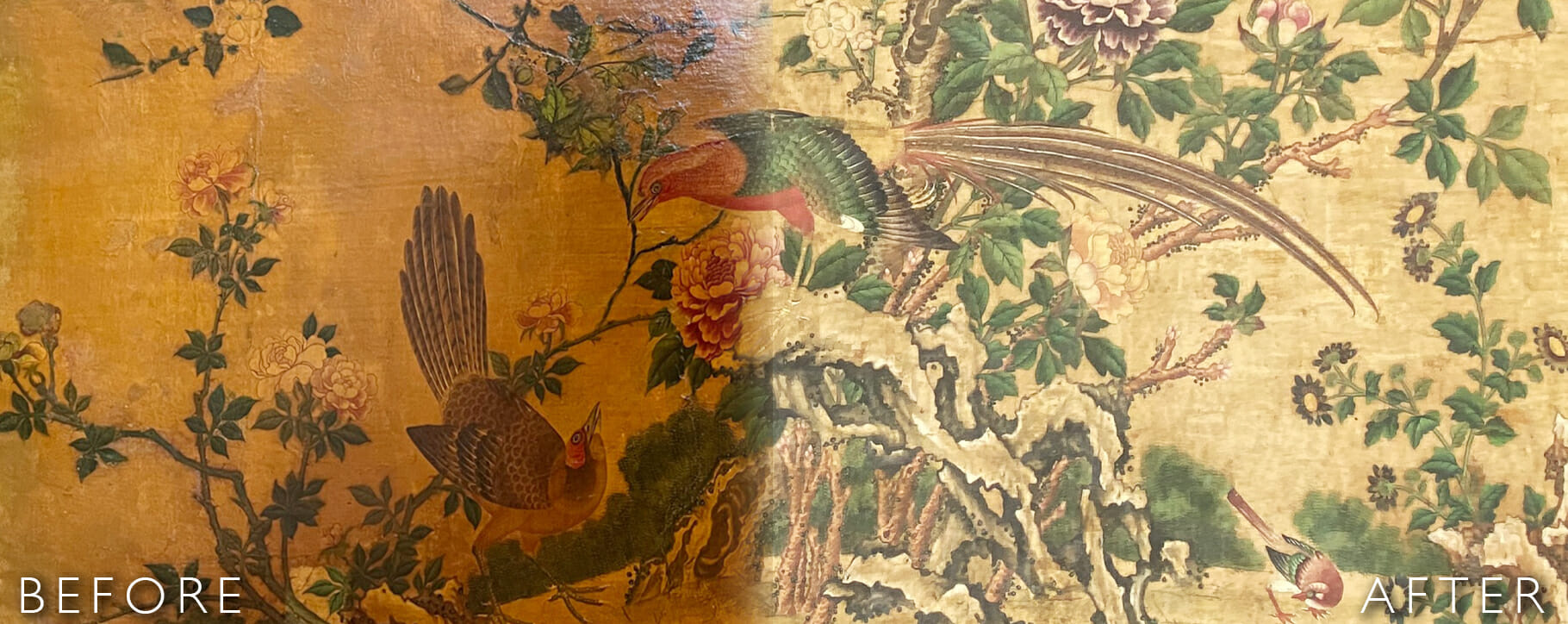MENUMENU
MENUMENU
- Home
- Our Team
- Our Services
- Oil painting conservation and restoration
-
- Paper conservation and restoration
-
- Furniture restoration
-
- Ceramics and decorative object restoration
-
- Framing services and restoration
-
- Memorabilia and specialist item restoration
-
- Textile, upholstery and rug restoration
- Interiors and historic collections
-
- Disaster recovery and accidental damage
- Storage and art transportation
- Oil painting conservation and restoration
- Home
- Resources
- Testimonials
- Contact









